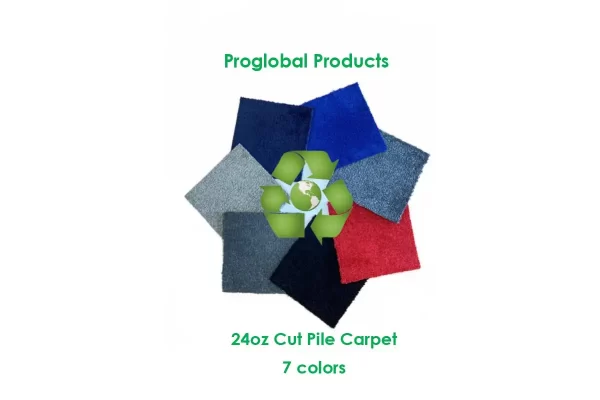High-quality display mannequins have always been a major attraction at EuroShop, the world’s No. 1 retail trade fair. At the upcoming edition Feb. 16-20 at the fairgrounds in Düsseldorf, Germany, display mannequins will be evaluated under a new aspect: sustainability.
There are various approaches: mannequins made of sustainable, recyclable raw materials and the renovation of disused, old mannequins. But there are other, not yet popular, options: relocating production back to Europe, improving transport efficiency and extending the lifespan of the mannequins.
Until the 1950s display mannequins were made of wax or paper mâché. Since then most mannequins have been made of glass-fiber reinforced polyester impregnated with resin. These mannequins are mass produced in the Far East but mostly designed and finished in Europe.
According to experts, hardened GFRP does not present a health risk and therefore the material is not classified as special waste although it only bio-degrades very gradually. However, processing resin and glass fiber requires a meticulous manufacturing process. Improper handling, insufficient exhaust systems or inappropriate filters at the production sites can cause health problems and add to greenhouse gas emissions.
Alternatively, mannequins can be made of polypropylene, which does without the plasticizers that are considered a health concern. But its production also requires chemicals. Mannequins made of polypropylene are less expensive, but their stiffness and degree of detail is inferior to those made of GFRP.
The goal of Italian manufacturer Bonaveri is to cut CO2 emissions in the production of mannequins. With the slogan “fashion comes and goes, but nature stays forever,” the company launched a mannequin in 2016 made of 72 percent sugar-cane based bio plastics.
With this material composition, Bonaveri offers a viable alternative to plastic mannequins in terms of durability and stability and this at just 10 percent higher prices compared to conventionally produced mannequins.
 Some manufacturers even take back mannequins to properly dispose of them. Other manufacturers offer renovation instead of disposal and reintroduction into a circular economy.
Some manufacturers even take back mannequins to properly dispose of them. Other manufacturers offer renovation instead of disposal and reintroduction into a circular economy.
Andreas Gesswein, owner of Genesis Mannequins, has done sustainability research for many years. He has manufactured and tested mannequins from natural fibers such as flax, coconut, bamboo, jute, viscose and wood fiber.
“One hundred percent compostable mannequins do exist, but they are not marketable yet in terms of price and rigidity constraints,” Gesswein says.
High-Emission Transport
The German company Vertex has concrete plans for manufacturing display mannequins in Germany to avoid high-emission transportation from the Far East. But signals from retail are still missing—retailers are not yet willing to pay for such sustainably produced mannequins.
When it comes to recycling properties and the carbon footprint in general, energy consumption also has to be considered. Recycling critics believe this also emits substantial amounts of greenhouse gasses. Even developments such as Bonaveri’s mannequin based on sugar cane can be criticized on account of its raw material sourcing.
But all manufacturers agree on one point: there is a lack of clear legislation obliging producers to provide comparable information on the entire value chain.
Second Life
These mannequins can achieve a second 20-year service life with new faces and new paint. A comprehensive eco-footprint assessment of the reuse and renovation of display mannequins is likely to be as complex and challenging as the evaluation of production and recycling processes.
Genesis mannequins last 10-20 years, according to Gesswein, depending on how they are treated by the user. But mannequin design also follows fashion.
“With very active and fashion-conscious brands a mannequin in the main retail area is only used for between three and five years,” Gesswein says.
Visual merchandising coach Karin Wahl believes display mannequins are indispensable in fashion retail: “Only on the mannequin can you see how the clothes fall,” she says.
Display mannequins therefore have a firm place in retail and manufacturers’ efforts to come up with sustainable production solutions are evident. They follow different approaches. Due to the difficult framework conditions such as the lack of legislation, however, it is currently not possible to present simple and comprehensive solutions on the subject of sustainability.
EuroShop 2020 will present innovations on about 1.3 million square feet of net exhibition space. For more info, visit www.euroshop-tradefair.com.





























